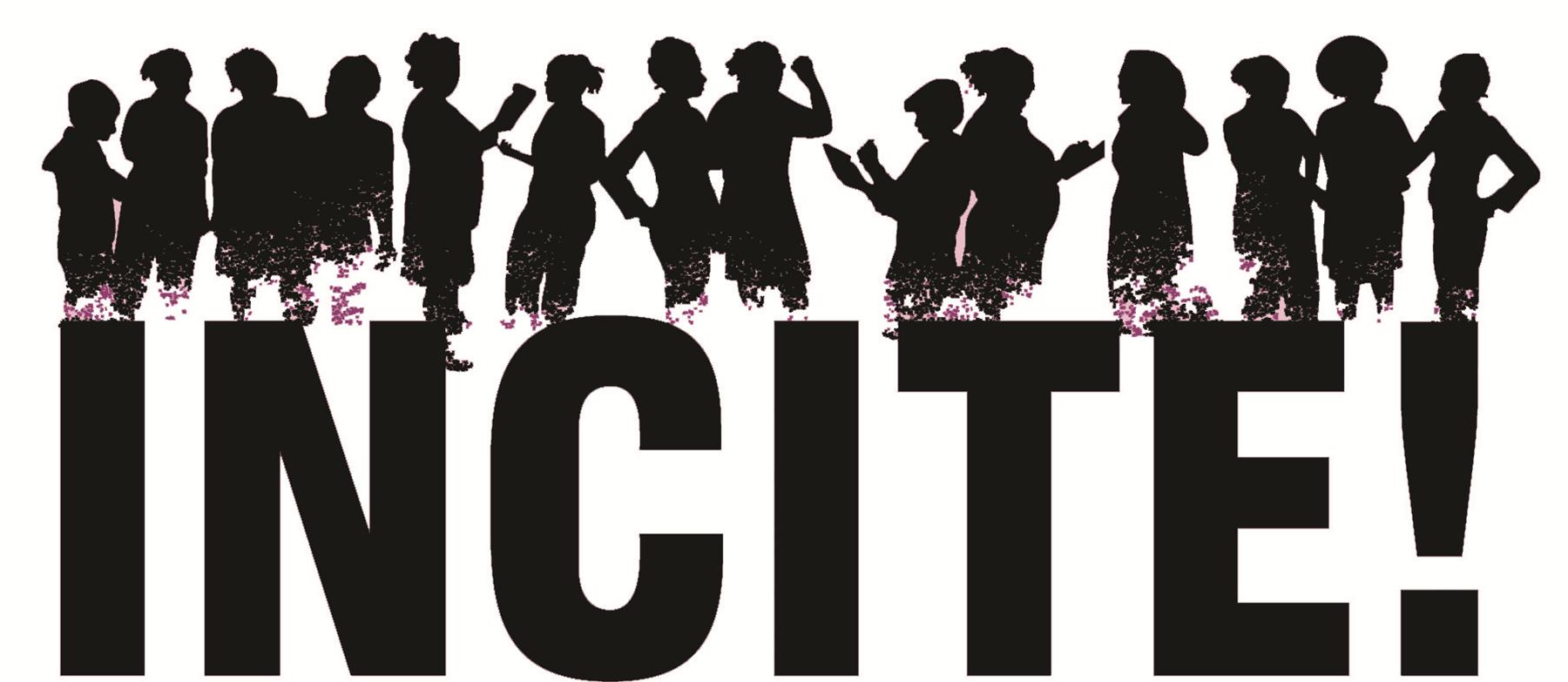Gender Violence & Race
What counts as “gender violence”?
INCITE! addresses violence against women of color (including trans women) and trans/queer people of color as a combination of “violence directed at communities,” such as police violence, war, and colonialism, and “violence within communities,” such as rape and domestic violence.
We are told to call the police and rely on the criminal justice system to address violence within our communities. However, if police and prisons facilitate or perpetrate violence against us rather than increase our safety, how do we re-imagine a radical anti-violence movement?
Fact: Although the US has the highest incarceration rate in the world, the mass proliferation of prisons has not lead to a decrease in crime rates, or to a decrease in the amount of gender violence. Prisons have never had an effect on decreasing crime in society.
Fact: Over $100 billion is spent each year to support a prison industrial complex from funds that could otherwise go to support education and social services. This money almost equals the amount spent to support the US military industrial complex.
Fact: Communities of color are disproportionately impacted by the criminal justice system. People of color constitute over 70 percent of state and federal prisoners. Also, survivors of domestic & sexual violence represent the vast majority of people in women’s prisons.
As we build a movement to end violence against and within our communities, it is critical that we ask ourselves the following questions:
1. How can we develop an anti-violence movement that simultaneously struggles against state violence, including violence as a result of:
- prisons and police
- militarism
- reproductive violence
- poverty and economic exploitation
- environmental violence
2. How can we develop responses to sexual and domestic violence in our communities that do not solely depend on a racist, classist, sexist, and homophobic criminal justice system and fuel the right-wing agenda of “getting tough on crime” through the proliferation of prisons, unrestrained police brutality, and the mass incarceration of communities of color?
3. How do we build coalitions across movements?
